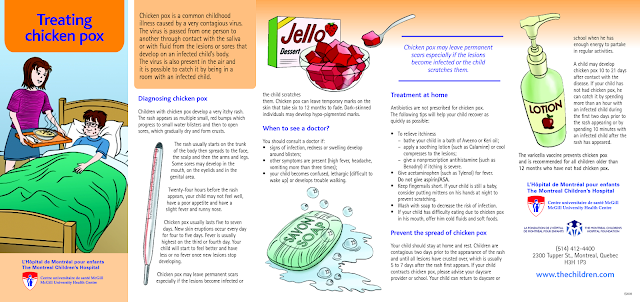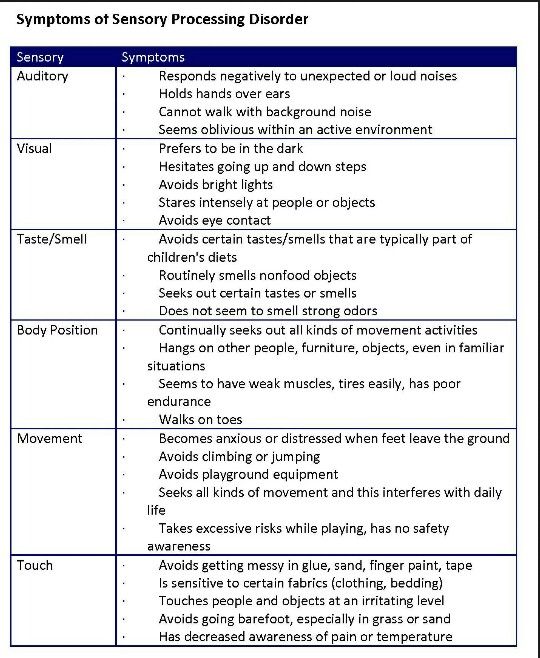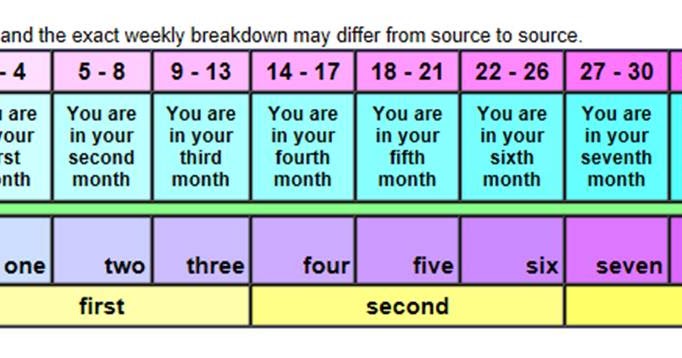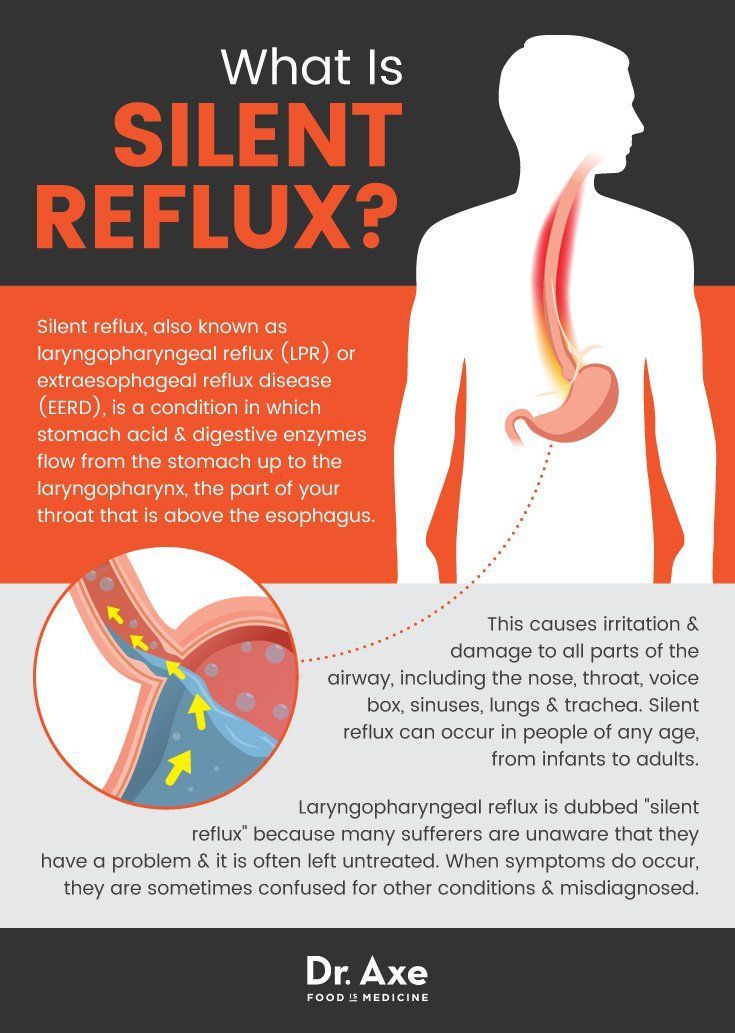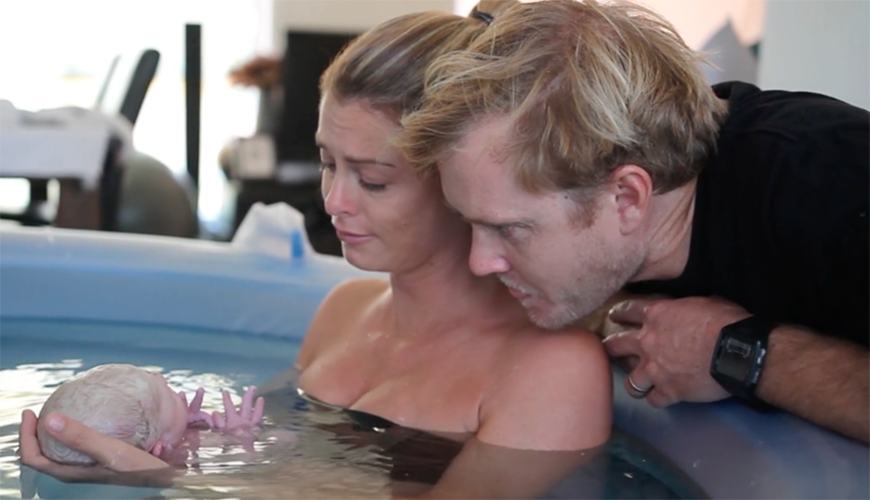How often should contractions be before going to hospital
Labor: When to Go to the Hospital
Your body starts preparing for labor in advance — as much as a month before you actually give birth. It can be tough to know when it’s happening for sure. We’ll help you spot the difference between a dress rehearsal and the real deal.
Learn to recognize the signs of labor
When to come to the hospital
Timing is different for every pregnancy. At your third trimester prenatal appointments, we’ll talk about how to know when it’s time, what to do, and where to go, but ideally you’ll come to the hospital when you’re in active labor.
It’s common to think the first signs of contractions are your cue to come to the hospital, but that’s usually not the case. Early labor can last for days. All we can do at this stage is wait for signs that your body is ready to deliver, so a lot of people come in too soon and wind up going home again. Getting from point A to point B isn’t fun during any stage of labor, so call us before you come so we can help you avoid multiple trips. Counting your contractions can help you figure out when it’s really time to go.
Real labor vs. false labor
You might have Braxton Hicks contractions — also called false labor — as your due date approaches. They’re basically warm-ups for childbirth, when your uterus expands and contracts, but you’re not in labor.
What’s the difference?
People call these types of contractions false labor because they can trick you into thinking it’s time when it’s really not. Spot the difference with these signs of Braxton Hicks contractions:
- There’s no pattern.
- They don’t last longer than an hour.
- If you move around, they go away.
- They aren’t painful.
If you’re still not sure, just call your care team. That’s what we’re here for.
Induced labor
Sometimes there are signs that it’s time to deliver your baby before labor starts on its own. If that happens, your care team might step in and get things going by inducing labor.
Learn why and how we induce labor
Counting labor contractions
A contraction is a tightening of the uterus that feels like cramping or pressure. You should feel it over your entire uterus and possibly into your back. As labor progresses, your contractions become more frequent and regular, so timing them is a good way to figure out when it’s time to head to the hospital.
Timing is everything. Here’s how it works:
- Start timing your contractions once you feel a few in a row.
- Time the length of each contraction. If the tightness lasts for 30 seconds or longer, they’re labor contractions.
- Count the time between contractions from the start of one to the start of the next.
If this is your first baby, come to the hospital when your contractions:
- Come every 3 to 5 minutes over an hour-long period
- Last at least 45 to 60 seconds
If you’ve given birth before, come to the hospital when your contractions:
- Come every 5 to 7 minutes
- Last at least 45 to 60 seconds
Speeding up the process
If your contractions are still far apart and you want things to go faster, try walking around. It can help your baby move into your pelvis. The pressure that gravity puts on your cervix can also help things move along. You can also try these labor and birth positions to ease discomfort and possibly speed things up a bit.
It can help your baby move into your pelvis. The pressure that gravity puts on your cervix can also help things move along. You can also try these labor and birth positions to ease discomfort and possibly speed things up a bit.
Planning ahead
The first thing to do is call us to let the care team know you’re on your way. Save the number of Kaiser Permanente's dedicated Labor Line to your phone now so you have it when you need it.
After you call your care team, get going! Grab your hospital bag, head to the hospital, and get ready to meet your new baby.
Your labor & delivery experience
It’s a big day, 9 months in the making — your little one is ready to make their entrance. No 2 people experience labor and delivery in quite the same way, but the more you know about what to expect, the more you can focus on what really matters — the joy of meeting your new baby for the very first time.
How much will your hospital stay cost?
Get a personalized estimate based on your plan benefits. Only Kaiser Permanente members can use this secure feature, and you’ll need to be registered on kp.org.
Only Kaiser Permanente members can use this secure feature, and you’ll need to be registered on kp.org.
Members: Get an estimate of how much you’ll pay to have your baby with us
*Cost calculator may not apply to members with a Medi-Cal plan.
Your labor and delivery care team
When you give birth to your baby at Kaiser Permanente, you may be surprised at how many people are there to support you — before, during, and after your delivery. They’ll all work together to help give you the happiest, healthiest birth possible.
Find out who’s in the delivery room
Planning an out-of-hospital birth?
If you’re a Kaiser Permanente member and choose not to have your baby in the hospital, let your care team know what your birth plan is. We’ll care for you during your pregnancy, help you prepare for your out-of-hospital birth, and talk about care for you and your baby after they’re born. If delivery day arrives and you need to come to the hospital after all, we’ll be here to support you through labor and delivery.
Stages of labor
It’s hard to predict exactly what your baby’s birth will be like — it’s different from pregnancy to pregnancy. But knowing what to expect can help you feel more relaxed and in control as labor progresses.
Learn what happens during labor and delivery
Labor and birth positions
Despite what you see on TV, most people don’t lie in bed throughout labor and delivery. Unless you have an epidural, you’re free to walk around and choose whichever position feels most comfortable to you. These common positions can help ease pressure and might even help labor progress more quickly.
Managing pain during childbirth
Pain is a normal part of labor and delivery. How you cope with it is up to you. We can help you with medication, or you can choose to manage it naturally. One of the most important reasons to make a birth plan is so everyone on your labor and delivery team knows how you want to manage pain. If you’re a Kaiser Permanente member, your care team can view all your birth plan information through your Health/Medical Record number.
But remember, you can change your mind at any time — a lot of parents do.
Learn your options for managing pain
Medical help during delivery
Most babies come into the world with very little help from us. Your labor and delivery team is primarily there to monitor you and your baby, and make sure everything progresses normally. But sometimes we do need to step in — and that’s what we’re trained to do. We even do simulation training to practice reacting to specific emergency situations. If you need extra help during delivery, knowing what to expect — and knowing that your care team is highly skilled and ready for anything — can help ease your mind.
Learn about common medical procedures during childbirth
Right after your baby is born
Right after your baby is born, we’ll check your little one’s heart rate, breathing, muscle tone, reflex response, and color. Once we make sure that you and your baby are doing well (as most new families are!), you’ll spend the first moments after delivery together. Your labor and delivery care team will be right there if you need them, but this special time is about you, your partner, and your new baby.
Your labor and delivery care team will be right there if you need them, but this special time is about you, your partner, and your new baby.
Skin-to-skin contact
During the first hour after birth, most babies are alert and curious. Holding your baby against your chest, skin-to-skin with no blankets or clothing in between, is a wonderful way to help your baby transition from life inside the womb to life in the outside world. Skin-to-skin contact after birth triggers healthy baby behaviors, helping your little one stay warm on their own, breathe on their own, and learn to nurse. It also helps your baby stay calm and cry less as they adjust to so many new sights, sounds, feelings, and experiences.
You’ll benefit from skin-to-skin contact, too. It helps your body produce breast milk, speeds up recovery time, and increases your level of maternal oxytocin — a hormone that promotes nurturing and bonding.
Breastfeeding for the first time
All babies are born with a natural instinct to search for the nipple. Many want to nurse right after birth, but others wait a little longer. We encourage you to try to breastfeed right away, because it helps the uterus contract and reduces bleeding.
Many want to nurse right after birth, but others wait a little longer. We encourage you to try to breastfeed right away, because it helps the uterus contract and reduces bleeding.
Your labor and delivery nurse can help you get into the right position to breastfeed your baby, and let you know when your little one is latched on properly. After the first hour or 2 of bonding, nursing, holding, and gazing at your beautiful baby, you’ll probably both be ready to rest and sleep.
Did you know?
We’re big believers in the benefits of breastfeeding. That’s why we offer classes,1 lactation consultants, and breastfeeding support for members during pregnancy, at the hospital, and after you and your baby go home.
74.5% of babies born at Kaiser Permanente are exclusively breastfed. For babies born at other hospitals, the national average is 51.5%.2
Care for you after delivery
We’ll give you and your baby as much bonding time as possible, but we’ll be in to check on you both from time to time. We’ll also need to come into your room to:
We’ll also need to come into your room to:
- Cover you with a warm blanket. Shaking and chills are common after delivery.
- Rub your lower abdomen to help tighten your uterus and stop bleeding.
- Help you empty your bladder.
- Repair any tears or incisions if you tore or had an episiotomy.
- Remove the tube from your back if you had an epidural.
Harbingers - childbirth is coming soon!
Wrestler Maria Vladimirovna
Obstetrician-gynecologist
MD GROUP Clinical Hospital, Mother and Child Clinic Savelovskaya
False contractions
They may appear after the 38th week of pregnancy. False contractions are similar to Braxton-Hicks contractions, which a woman could already feel starting from the second trimester of pregnancy (the uterus seems to stiffen for a few seconds - a couple of minutes, then the tension in it subsides). False contractions train the uterus before childbirth, they are irregular and painless, the intervals between them are not reduced. Real labor pains, on the contrary, are regular, their strength gradually increases, they become longer and more painful, and the intervals between them are reduced. That's when you can already say that the birth began for real. In the meantime, false contractions are going on, it is not necessary to go to the maternity hospital - you can easily survive them at home.
Real labor pains, on the contrary, are regular, their strength gradually increases, they become longer and more painful, and the intervals between them are reduced. That's when you can already say that the birth began for real. In the meantime, false contractions are going on, it is not necessary to go to the maternity hospital - you can easily survive them at home.
Abdominal prolapse
Approximately two to three weeks before birth, the baby, in preparation for birth, presses the presenting part (usually the head) against the lower part of the uterus and pulls it down. As a result, the uterus moves lower into the pelvic region, its upper part ceases to put pressure on the internal organs of the chest and abdominal cavity. In the people it is called - the stomach dropped. As soon as the stomach drops, the expectant mother notices that it has become easier for her to breathe, but, on the contrary, it becomes more difficult to sit and walk. Heartburn and belching also disappear (after all, the uterus no longer presses on the diaphragm and stomach). But, having dropped down, the uterus begins to put pressure on the bladder - naturally, urination becomes more frequent.
But, having dropped down, the uterus begins to put pressure on the bladder - naturally, urination becomes more frequent.
For some, uterine prolapse causes a feeling of heaviness in the lower abdomen and even slight pain in the area of the inguinal ligaments. These sensations arise due to the fact that the child's head, moving down, irritates the nerve endings of the pelvic organs.
During the second and subsequent births, the belly drops later - right before the birth. It happens that this harbinger of childbirth is not at all.
Removal of the mucous plug
This is one of the main and obvious harbingers of childbirth. During pregnancy, the glands in the cervix produce a secret (it looks like a thick jelly and forms the so-called cork), which prevents various microorganisms from entering the uterine cavity. Before childbirth, under the influence of estrogens, the cervix softens, the cervical canal opens slightly and the cork can come out - the woman will see that there are mucus clots on the linen that look like jelly. Cork can be of different colors - white, transparent, yellowish-brown or pink-red. Often it is stained with blood - this is completely normal and may indicate that childbirth will occur within the next day. The mucus plug can come out all at once (at once) or come out piecemeal throughout the day.
Cork can be of different colors - white, transparent, yellowish-brown or pink-red. Often it is stained with blood - this is completely normal and may indicate that childbirth will occur within the next day. The mucus plug can come out all at once (at once) or come out piecemeal throughout the day.
Weight loss
Approximately two weeks before delivery, weight loss may occur, usually by 0.5–2 kg. This happens because excess fluid is removed from the body and swelling decreases. If earlier during pregnancy, under the influence of the hormone progesterone, fluid in the body of a pregnant woman accumulated, now, before childbirth, the effect of progesterone decreases, but other female sex hormones - estrogens - begin to work hard, they remove excess fluid from the body of the expectant mother.
In addition, the expectant mother often notices that at the end of pregnancy it became easier for her to put on rings, gloves, shoes - this means that swelling on the hands and feet has decreased.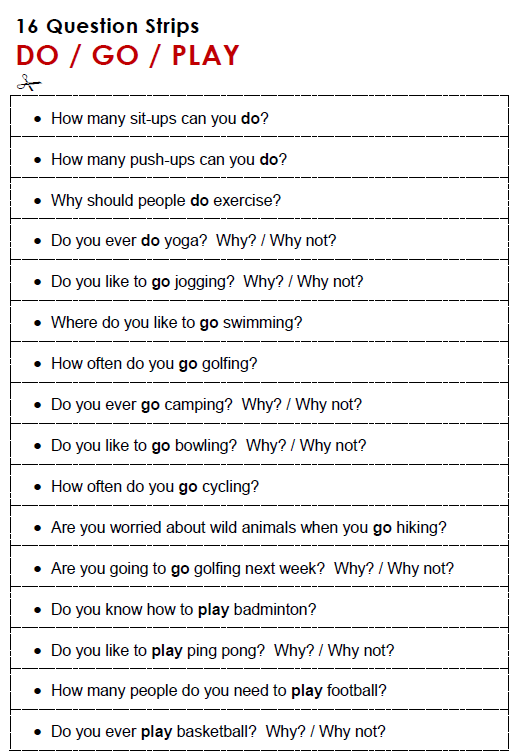
Change of stool
Right before childbirth, hormones often act on the intestines - they relax its muscles, as a result, stool disorder begins. Sometimes such frequent (up to 2-3 times a day) and even loose stools are mistaken for an intestinal infection. But if there is no nausea, vomiting, discoloration and smell of feces, or any other symptoms of intoxication, you should not worry: this is one of the harbingers of the upcoming birth.
And on the eve of childbirth, you often don't feel like eating at all. All this is also the preparation of the body for natural childbirth.
Mood changes
Many women experience mood changes a few days before giving birth. The expectant mother gets tired quickly, she wants to have more rest, sleep, even some kind of apathy appears. This state is quite understandable - you need to gather strength to prepare for childbirth. Often, just before giving birth, a woman wants to retire, looking for a secluded place where you can hide and focus on yourself and your experiences.
What should I do if there are any signs of childbirth? Usually you don’t need to do anything, because the harbingers are completely natural, they just say that the body is rebuilding and preparing for the birth of a child. Therefore, you should not worry and go to the hospital as soon as, for example, training contractions have begun or the mucous plug has come off. We must wait for real labor pains or outpouring of water.
Make an appointment
to the doctor - Borets Maria Vladimirovna
By clicking on the send button, I consent to the processing of personal data
01/26/2018
IVF failures: embryological stage
Wrestler Maria Vladimirovna
Stages of childbirth - disclosure, expulsion, birth of the placenta.
Catalog of maternity hospitals
Perinatal center MMCC Kommunarka — childbirth under the compulsory medical insurance policy
Everything about the new Perinatal Center in Kommunarka: conditions of stay, features, photos, address, phone.
Catalog of maternity hospitals
Perinatal center GKB №67 named after. L.A. Vorokhobov — childbirth under the MHI policy
Perinatal Center City Clinical Hospital No. 67 named after. L.A. Vorokhobova - reviews, doctors, registration for childbirth free of charge under compulsory medical insurance.
Catalog of maternity hospitals
Center for family planning and reproduction - childbirth free of charge under compulsory medical insurance
TsPSiR on Sevastopolskaya - about the center, reviews, doctors, registration for childbirth under the compulsory medical insurance policy.
Catalog of maternity hospitals Bauman - childbirth under the compulsory medical insurance policy
Perinatal Center City Clinical Hospital No. 29 named after N.E. Bauman on Hospital Square, 2. Registration for childbirth is free of charge under the compulsory medical insurance policy.
Catalog of maternity hospitals
O.M. Filatov - childbirth under the MHI policy
Maternity hospital GKB No. 15 named after. O.M. Filatov on Vykhino, st. Veshnyakovskaya, d.
15 named after. O.M. Filatov on Vykhino, st. Veshnyakovskaya, d.
Catalog of maternity hospitals
Perinatal center GKB im. S.S. Yudina - childbirth under the MHI policy
Maternity hospital No. 7 GKB im. S.S. Yudina on Kolomensky passage, 4, building 2. Registration for childbirth is free of charge under the MHI policy.
Catalog of maternity hospitals
Maternity ward №2 A.K. Yeramishantseva (Maternity Hospital No. 40) - childbirth under the compulsory medical insurance policy
Maternity Ward No. 2 of the City Clinical Hospital named after. A.K. Eramishantseva (Maternity Hospital No. 40) on Taimyrskaya, 6. Registration for childbirth is free of charge under the compulsory medical insurance policy.
Catalog of maternity hospitals
Maternity ward No. 1 A.K. Yeramishantseva - childbirth under the policy of OMS
Maternity Ward No. 1 of the City Clinical Hospital named after. A.K. Yeramishantsev. Registration for childbirth is free of charge under the compulsory medical insurance policy.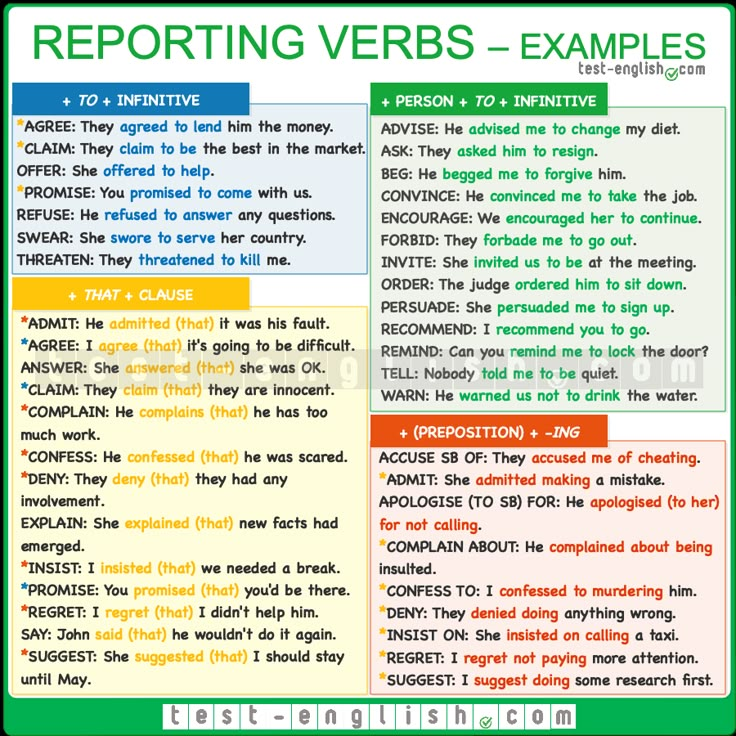
Catalog of maternity hospitals
Maternity Hospital No. 3 City Clinical Hospital No. 67 named after. L.A. Vorokhobova (previously RD No. 3 TsPSiR Branch No. 4) - childbirth under the MHI policy
Maternity hospital No. 3 GKB No. 67 named after. L.A. Vorokhobov on Nezhinskaya, 3 (formerly RD No. 3 TsPSiR Branch No. 4). Registration for childbirth is free of charge under the compulsory medical insurance policy.
Catalog of maternity hospitals
Maternity hospital GKB No. 52 - childbirth under the compulsory medical insurance policy
Maternity hospital No. 26 at City Clinical Hospital No. 52 on Sosnovaya, 11. Registration for childbirth is free of charge under the compulsory medical insurance policy.
Catalog of maternity hospitals
Perinatal center GKB im. M.P. Konchalovsky - childbirth under the compulsory medical insurance policy
Perinatal Center M.P. Konchalovsky in Zelenograd. Registration for childbirth is free of charge under the compulsory medical insurance policy.
Catalog of maternity hospitals
Maternity hospital №2 GKB im. F. I. Inozemtseva (formerly maternity hospital No. 20 of the D.D. Pletnev City Clinical Hospital) - childbirth under the compulsory medical insurance policy
F.I. Inozemtseva (formerly the Maternity Hospital No. 20 of the Pletnev City Clinical Hospital) on Verkhnaya Pervomaiskaya, 57. Registration for childbirth is free of charge under the CHI policy.
Catalog of maternity hospitals
F.I. Inozemtseva - childbirth under the compulsory medical insurance policy
Maternity hospital No. 36 GKB im. F.I. Inozemtseva on Fortunatovskaya, 1, bldg. 2. Registration for childbirth is free of charge under the CHI policy.
Catalog of maternity hospitals
Maternity hospital №4 GKB im. V.V. Vinogradova - childbirth under the MHI policy
Maternity hospital No. 4 GKB im. V.V. Vinogradova on the street. Novatorov, d. 3. Registration for childbirth is free of charge under the compulsory medical insurance policy.
